Modernism
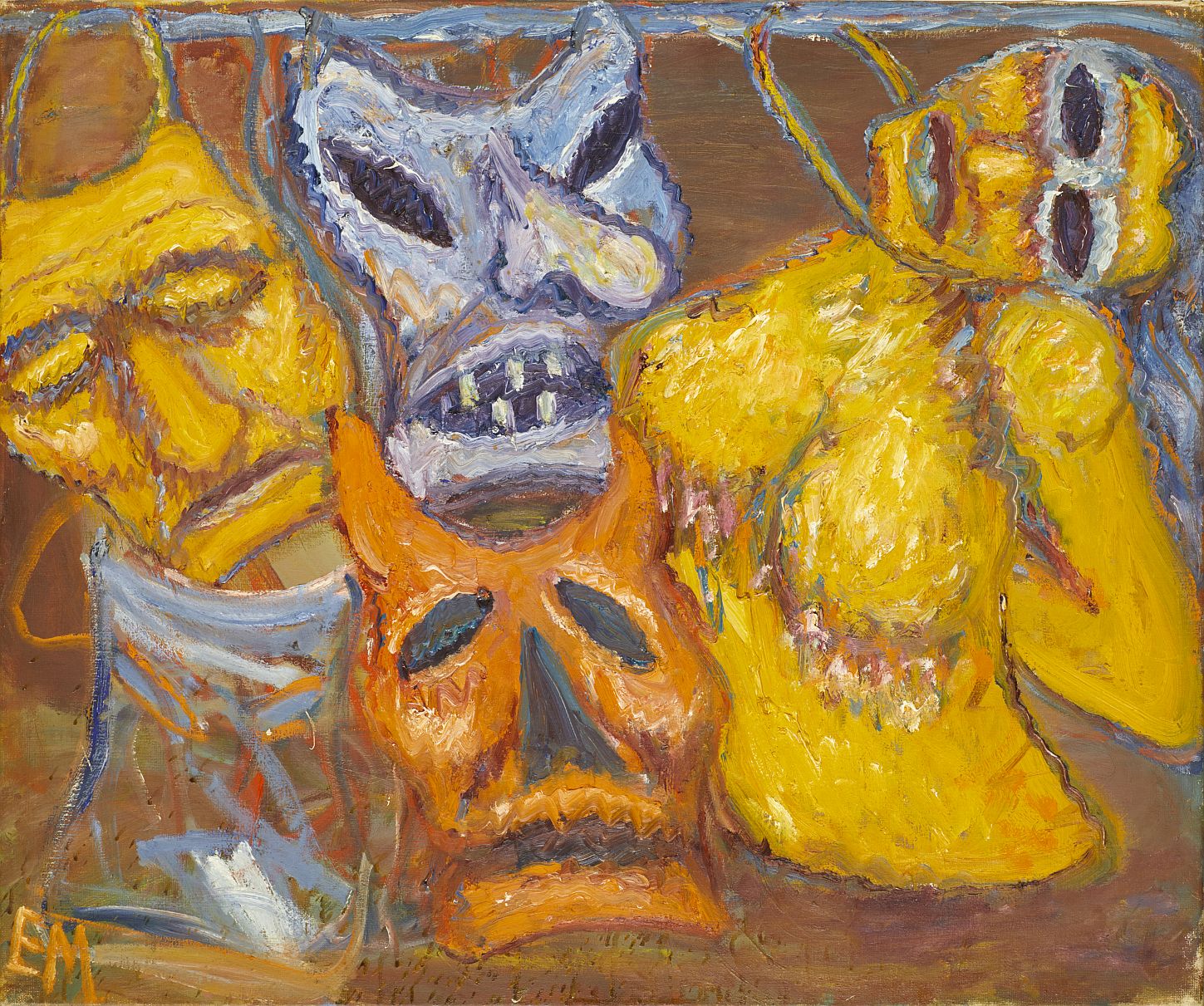
Ludwig and Else Meidner.
An Artist Couple Exiled in London
Lecture by Erik Riedel, Frankfurt/Main (Germany)
Marlene Meyerson JCC Manhattan
334 Amsterdam Ave, New York, NY, United States
When Ludwig and Else Meidner met in 1925, he was already an established artist well-known for his so-called Apocalyptic Landscapes. Although Else started as Ludwig’s student, she developed a distinct independent style and he always praised her art as more refined than his own “coarse” works. As Else Meidner slowly gained recognition in Berlin art circles, her career was abruptly cut short by the Nazi-regime in 1933. She moved to Cologne with her husband in 1935; and they emigrated to England in 1939 only a few weeks before the war started. In London both lived largely unnoticed by the English art scene. But while Ludwig frustratedly returned to Germany, she decided to stay in England. Their complicated relationship developed from intial [...]
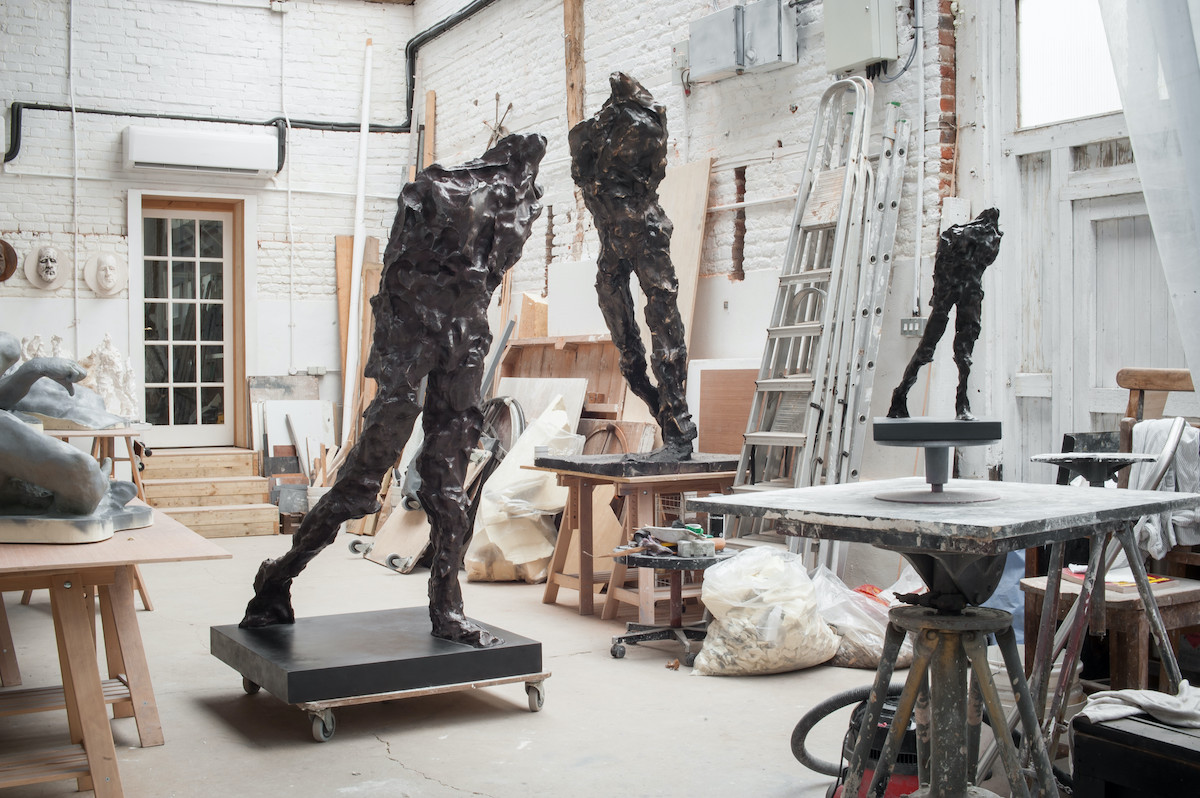
Behind the Bronze.
The Sculptor Maurice Blik (born 1939 Amsterdam)
Featuring Maurice Blik and Julian Freeman (both London, UK)
Marlene Meyerson JCC Manhattan
334 Amsterdam Ave, New York, NY, United States
Maurice Blik has lived in England since being liberated from Bergen Belsen concentration camp, where he was taken as a small child from his birthplace, Amsterdam. The ability to come to terms with this experience and to confront the face of humanity that he has witnessed, stayed silent in his life for some 40 years. It finally found a voice in the passionate sculptures which began to emerge in the late 1970s when he created a series of horses’ heads. These noble and benevolent creatures posses an energy and a life force that seem just barely harnessed long enough to take their shape in the clay itself. Later he progressed to more figurative work in which the irrepressible joy of [...]
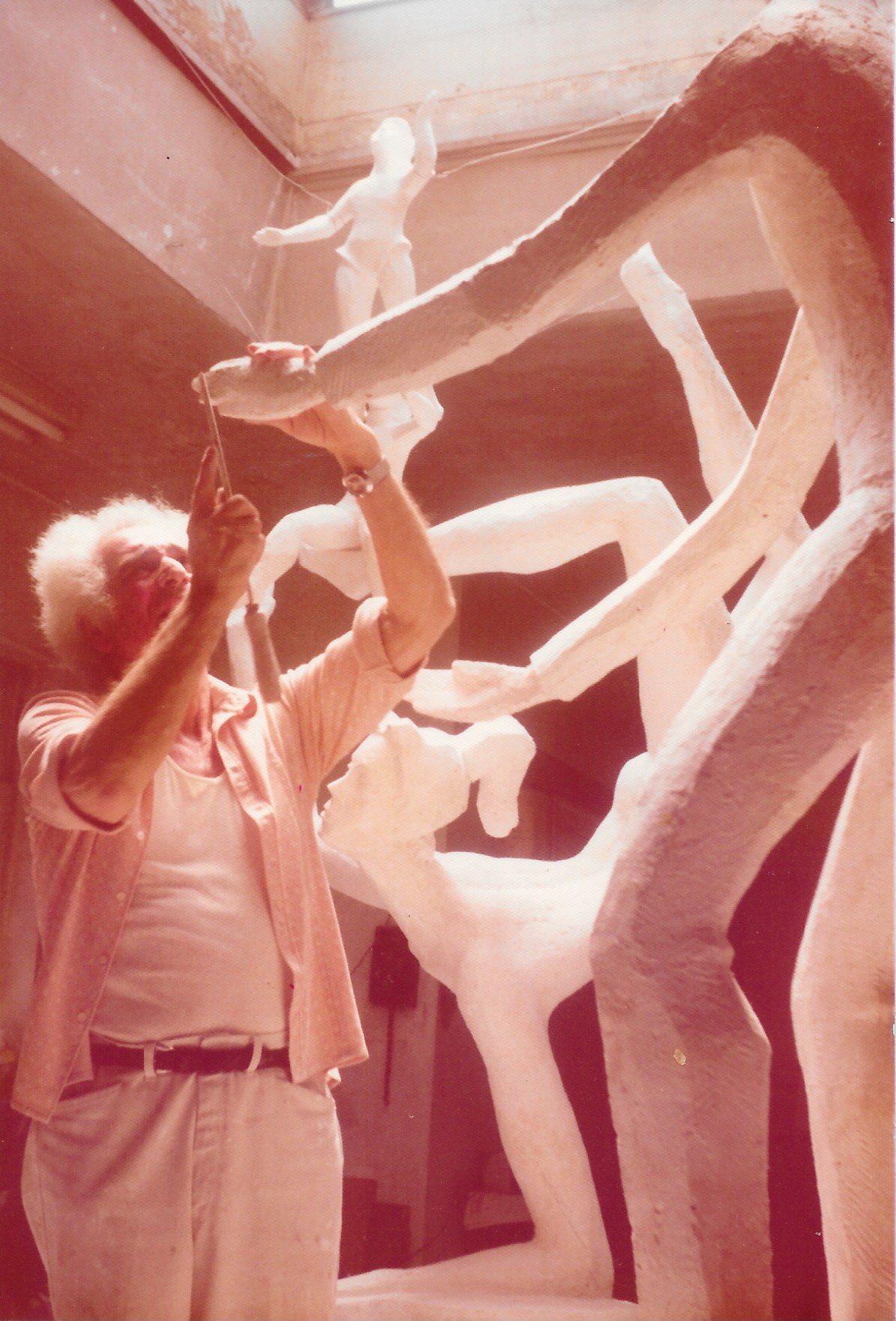
The Enduring Legacy of
Chaim Gross (1902-1991)
With Daughter Mimi Gross and Sasha Davis
Marlene Meyerson JCC Manhattan
334 Amsterdam Ave, New York, NY, United States
Chaim Gross (1902-1991) fled Europe as a teenager after experiencing the violence of World War I and the disruption of his artistic training due to anti-Semitic policies. He arrived in New York City in 1921 and quickly found a welcoming environment among fellow artists, many of whom were also immigrants, at the Educational Alliance Art School. Despite difficult beginnings, Gross rose to become one of America’s leading twentieth-century sculptors and a key proponent of the direct carving movement. Although a small number of his works referenced his horrific early experiences and the later murder of family members in the Holocaust, his themes were largely joyful, showing mothers at play or acrobats and dancers. Image above: [...]
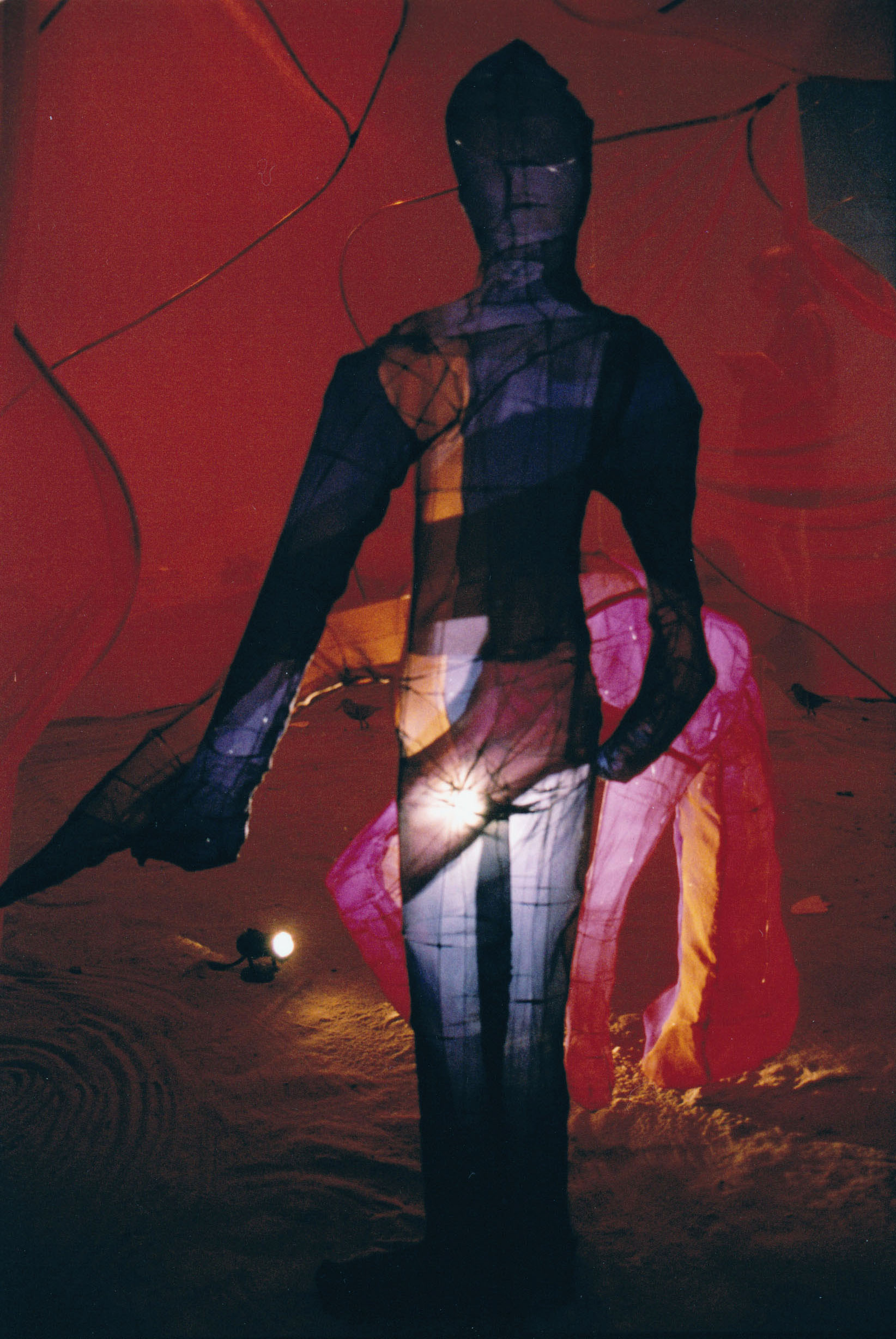
From Generation to Generation:
The Upbringing and Art of
Mimi Gross (born 1940, New York)
Marlene Meyerson JCC Manhattan
334 Amsterdam Ave, New York, NY, United States
Mimi Gross is the daughter of well-known sculptor Chaim Gross (1902–1991). She grew up to become an artist and one obvious question one might ask is how her work was influenced by and/or diverged from her father's work. But both Chaim and his wife Renee were immigrants--so New York City-born Mimi grew up as an American in an immigrant household, which might raise the question: were there issues derived from the particulars of her growing up that affected her and her art--and might one imagine the curve of her life as different in a non-immigrant context, or a context experienced at a different time in American and world history? These and other questions are discussed in a dialogue between Mimi Gross and Georgetown [...]
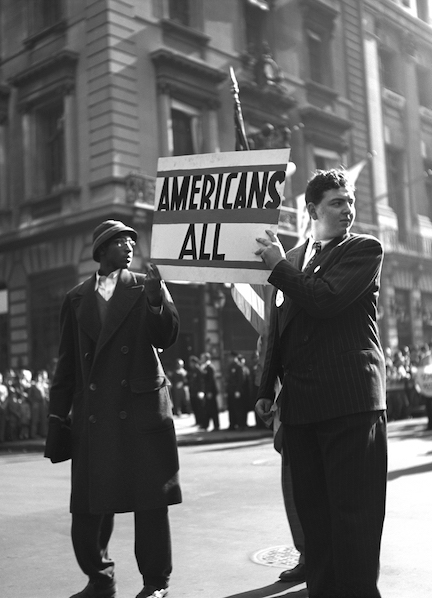
Out of Exile.
The Photography of Fred Stein (1909-1967)
With Son Peter Stein and Curator Ulrike Kuschel, Berlin (Germany)
Marlene Meyerson JCC Manhattan
334 Amsterdam Ave, New York, NY, United States
Fred Stein lived through some of the greatest upheavals of the 20th century. He escaped Nazi Germany; he mingled with Chagall and Brecht in Paris; and he debated with Einstein in New York. He was a scholar, a refugee, and an idealist. But above all, he was a photographer. An early innovator of hand-held street photography in 1930s France and 1940s New York, his images are sophisticated, beautiful, and touching; his portraits include some of the most important people of the mid-20th century, like Albert Einstein. Image above: Fred Stein, Americans All, New York 1943 © Fred Stein Archive Fred Stein, Paris Evening, Paris 1934 © Fred Stein Archive [...]
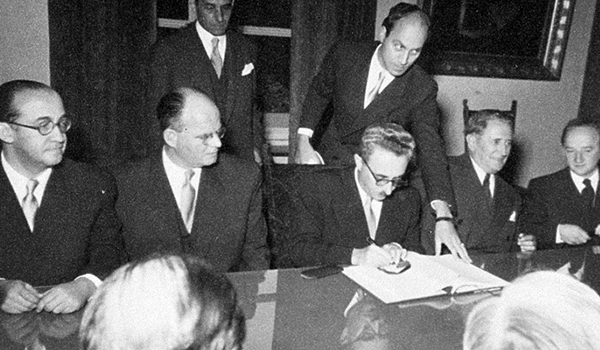
RECKONINGS – The First Reparations
Film Screening at Marlene Meyerson JCC Manhattan
Followed by Q+A with Gideon Taylor and Karen Heilig
Marlene Meyerson JCC Manhattan
334 Amsterdam Ave, New York, NY, United States
In the aftermath of the Holocaust, the unprecedented destruction and plight of survivors prompts the unthinkable - German and Jewish leaders meet in secret to grapple with the first reparations in history, resulting in the groundbreaking Luxembourg Agreements of 1952. Screening followed by Q+A with Gideon Taylor and Karen Heilig, from the Conference on Jewish Material Claims Against Germany. Watch the Trailer: SCREENINGS In the aftermath of the Holocaust, German and Jewish leaders met in secret to negotiate the unthinkable – compensation for the survivors of the largest mass genocide in history. Survivors were in urgent need of help, but how could reparations be determined for the unprecedented destruction [...]
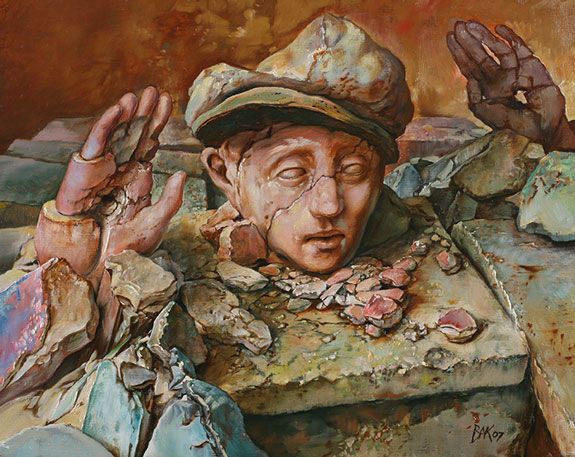
The Shape and Color of Survival.
Samuel Bak (born Vilnius, Lithuania, 1933)
Lecture by Ori Z Soltes, PhD
ONLINE
VA, United States
Image above: Samuel Bak, Warsaw Excavation, 2007. Oil on canvas, 16 x 20 in. Image Courtesy Pucker Gallery © Samuel Bak Samuel Bak was 6 years old when the Nazis began ending his childhood, as the war that they engendered would soon extend to his native Vilnius. The number “6” became an important element in his art, since it is also the number of the Commandment with which God enjoins us not to commit murder, for which the Holocaust represented such a profound abrogation. His father smuggled him out of the ghetto in the sack that he was still permitted to use to gather firewood—and was subsequently murdered by the regime. By then Bak himself had already chosen his career as an [...]
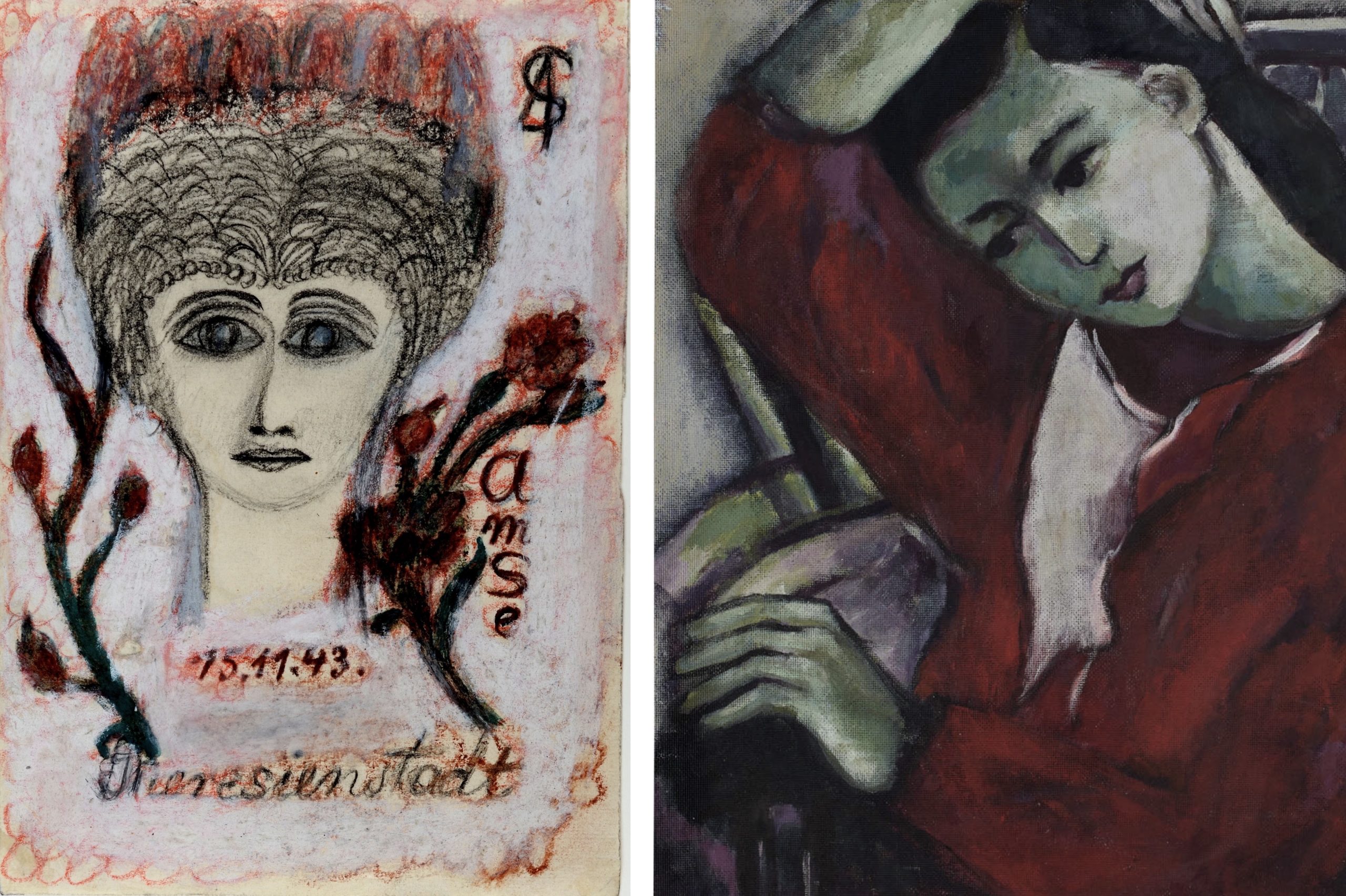
Back into the Light.
Four Women Artists – Their Works. Their Paths.
Lecture by Eva Atlan, PhD, Frankfurt (Germany)
ONLINE
VA, United States
Erna Pinner, Rosy Lilienfeld, Amalie Seckbach, and Ruth Cahn were among the first women artists in Frankfurt to enjoy professional success. Throughout the Roaring Twenties, these four Jewish women left their mark on Frankfurt’s art scene, published and exhibited internationally, cultivated a cosmopolitan lifestyle, and competed with their male colleagues. When the National Socialists seized power, their careers came to an abrupt end. From then on, they were persecuted as Jews and their works ostracized; later, after the end of World War II, they were largely forgotten. Now, “Back into the Light” is at long last bringing them back to the public eye. The departure point is an article by art historian Sascha Schwabacher, published May 1935 [...]
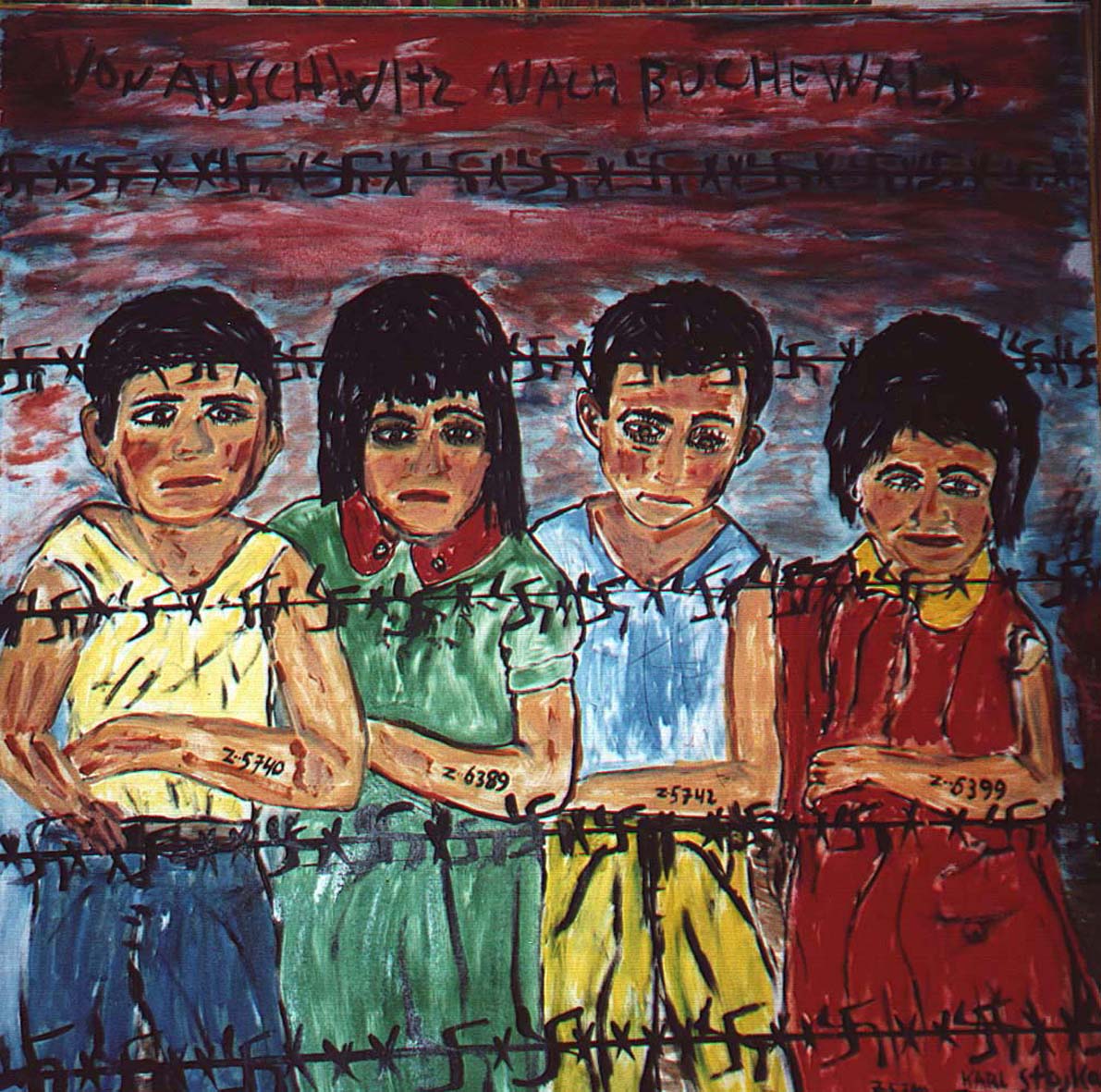
AS SEEN THROUGH THESE EYES
Conversation with Film Director Hilary Helstein, Los Angeles
ONLINE
VA, United States
In honor of UN Holocaust Remembrance Day, Hilary Helstein, director of the award-winning documentary "As Seen Through These Eyes" spoke with Rachel Stern, director and CEO of the Fritz Ascher Society New York, about the making of her documentary. As poet Maya Angelou narrates this powerful documentary, she reveals the story of a brave group of people who fought Hitler with the only weapons they had: charcoal, pencil stubs, shreds of paper and memories etched in their minds. These artists took their fate into their own hands to make a compelling statement about the human spirit, enduring against unimaginable odds. Featuring interviews with Simon Wiesenthal as he talks about his art, never before appearing in a film, [...]
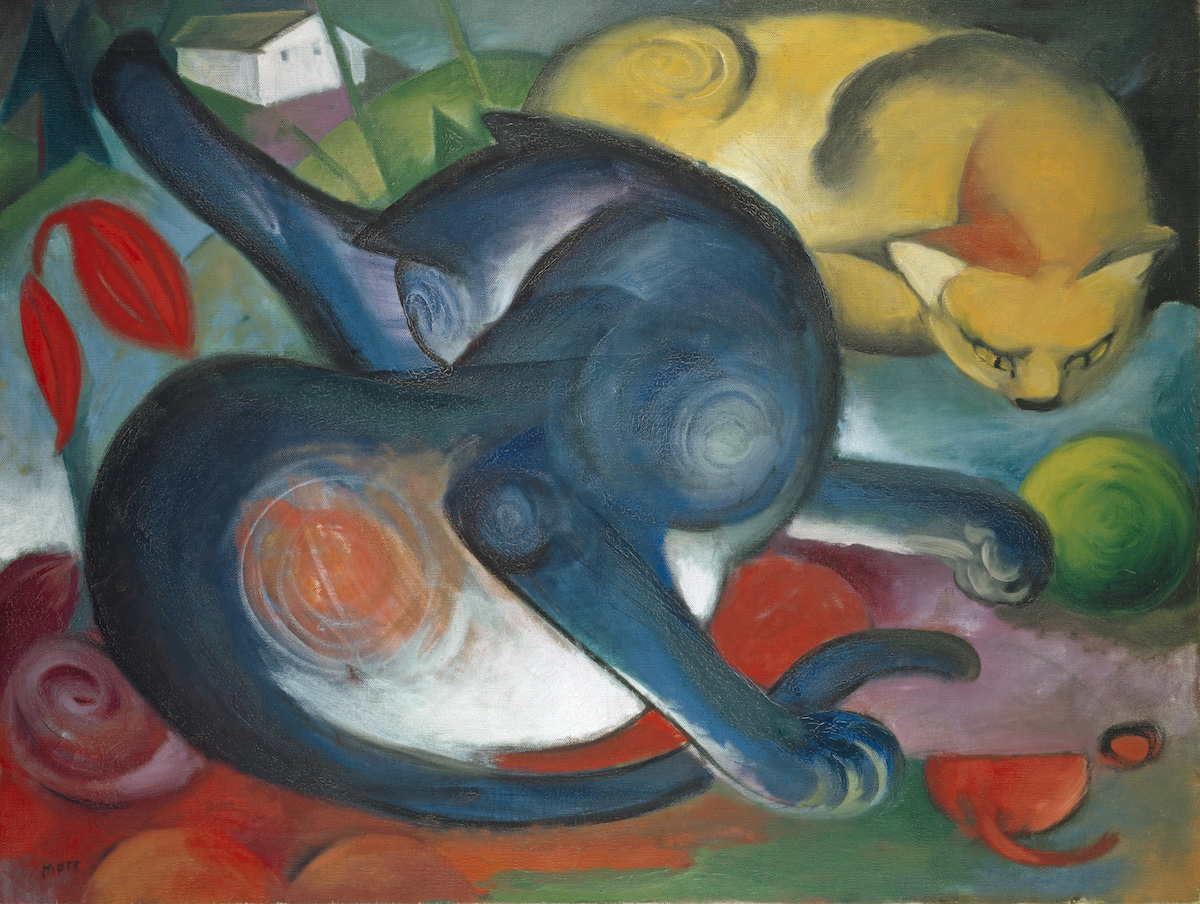
CASTAWAY MODERNISM. Basel’s Acquisitions of “Degenerate” Art
Presentation by Dr. Eva Reifert, Kunstmuseum Basel
followed by discussion with Rachel Stern
ONLINE
VA, United States
The Kunstmuseum Basel’s department of classic modernism houses one of the most prestigious collections of its kind. It was in fact assembled at a comparatively late date. In the summer of 1939 — shortly before the outbreak of World War II — Georg Schmidt (1896–1966), the museum’s director at the time, managed to acquire twenty-one avant-garde masterpieces all at once. The works were among those denounced in 1937 by Nazi cultural policy as “degenerate” and forcibly removed from German museums. The Third Reich’s Ministry of Propaganda correctly assumed that a portion of such works would find buyers abroad and bring in foreign currency. In this way certain artworks deemed “internationally exploitable” reached the art market via various channels. Castaway Modernism [...]


